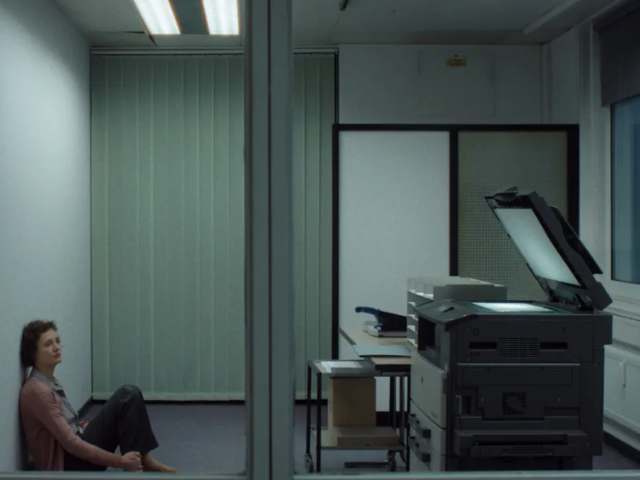
However, a closer look reveals that things are changing with the entire air travel experience being overhauled and it's all driven by technology. Most of the improvements come in the area of airplane cabins which are being revamped primarily using wireless connectivity to provide better in-flight entertainment.
Boeing 787-9 is more a fighter jet than a commercial airliner
Personalised in-flight entertainment
 Photo: Courtesy CNN
Photo: Courtesy CNNAirlines have already incorporated mobile tech that include electronic boarding passes, business class upgrades and even dedicated social media sites where you can get flight alerts and updates.
Now, airline companies are trying to connect in-flight entertainment with personal devices completely transforming up-in-the-air services.
Panasonic’s Waterfront comes as the latest addition in this area, a system that allows travelers to control in-flight entertainment using their mobile phones. Cabins would automatically adjust seat preferences and resume playing a movie from where they left it when they are connected to the passenger’s phone.
Some airlines are planning on completely scrapping embedded entertainment system and switching to handsets that would deliver in-flight entertainment. No internet is required for these services as planes will have their own network that passengers will connect to in order to avail the services.
AirFi
 Photo: Courtesy CNN
Photo: Courtesy CNNNetherlands-based AirFi comes in as an option for low-cost airlines that normally use small aircraft that don’t have in-flight entertainment.
AirFi lets travelers access pre-loaded content directly on their mobile devices without having to add dedicated entertainment systems. AirFi is lightweight and can easily be installed in a luggage compartment. AirFi CEO Job Heimerikx says it's a cost effective and flexible way to provide quality in-flight content to the short haul market. "There are a customer service and a commercial angle to our system," he says. "Passengers can access a broad range of movies and other sort of entertainment, but they can also use it to order food or shop duty free.
Boeing eyes rivals as it turns 100
"It's like an evolution of the traditional in-flight magazine, but just as it happens at online stores, you can make it really personal." Passengers can access a broad range of movies and other sort of entertainment, but they can also use it to order food or shop duty free.
Virtual Reality
 Photo: Courtesy CNN
Photo: Courtesy CNNAirlines are also test the use of VR headsets in favour of conventional flight entertainment systems which would result in lower cost and weight.
"More than 80% of passengers are walking on the plane with their own device," Gogo executive Ash El Difrawi points out. "Airlines can save the weight and maintenance costs of legacy seat-back entertainment systems and still provide differentiated experiences. For example, they can now create custom portals that create a unique brand and advertising opportunity for the airlines," the executive pointed out.
Transavia and Qantas are amongst those airlines that are testing virtual reality technology as an alternative to traditional in-flight entertainment. VR sets can also act as a possible remedy for those who have fear of flying.
World's largest aircraft takes rare flight
Sleeping rooms
 Photo: Courtesy CNN
Photo: Courtesy CNNAirlines are also working on separate sleeping cabins that give a home like experience for premium passengers. Carlioz and his Zodiac Aerospace team are also considering using the space from the planes stowage bins and fuselage to accommodate bunks.
"It's simply a question of who has the ambition and willingness to invest into a project of this scale and truly break the mold," says the company's industrial designer, Matthew Cleary. This step sounds radical but with the current pace of development in technology, it may be possible in the near future.
It seems then that the golden age of air travel may be just starting after all.
This article originally appeared on CNN.







1732866359-0/BeFunk_§_]__-(71)1732866359-0.jpg)
1726644416-0/TikTok-(2)1726644416-0-270x192.webp)








COMMENTS
Comments are moderated and generally will be posted if they are on-topic and not abusive.
For more information, please see our Comments FAQ